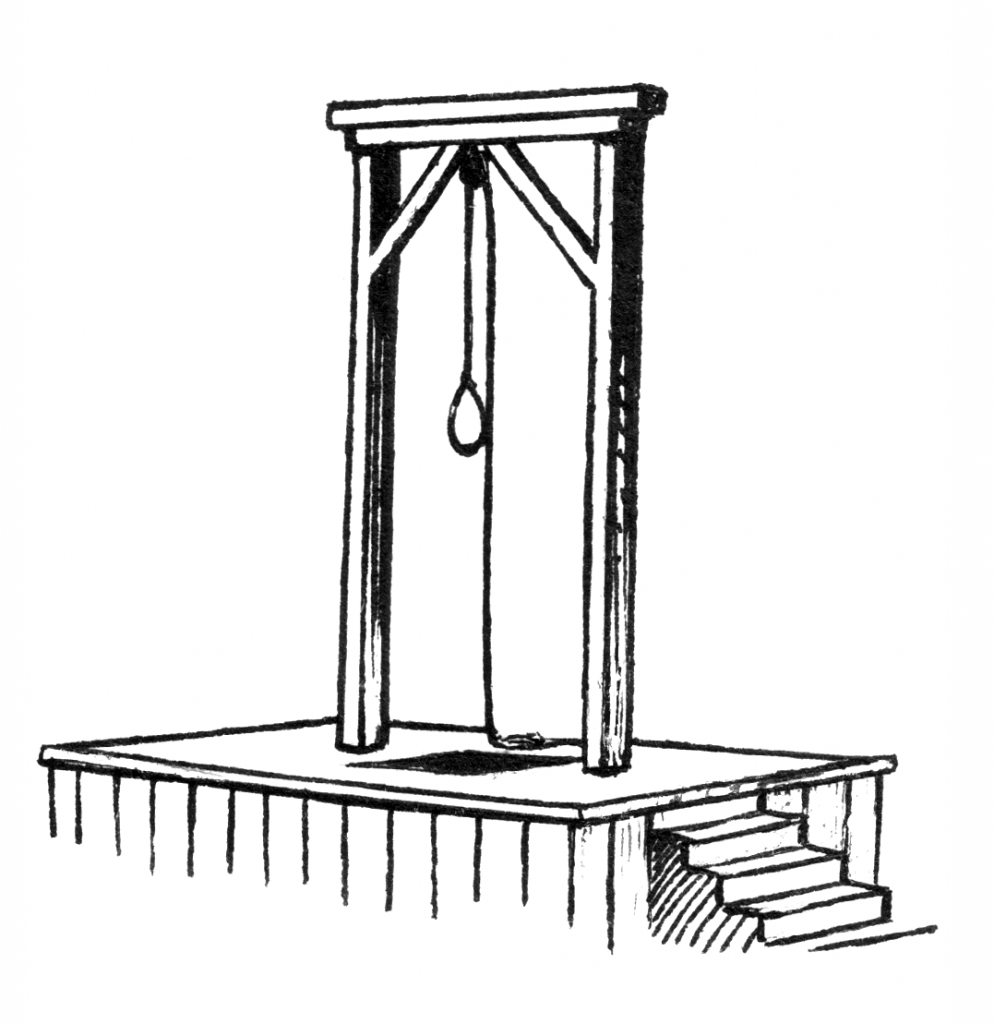Rape and Animals September 12, 2015
Author: Beach Combing | in : Modern , trackbackA recent post described the bizarre legal proceedings that led to New Haven men being accused of bestiality and one being hung. These cases provoke many thoughts but not least was the fate of the accused animals. When George Spencer was brought to the gallows the pig with which he had supposedly had sex with (and very doubtfully, click back to remind yourself of the evidence) was killed before him with a sword following the good law of Leviticus: And if a man lie with a beast, he shall surely be put to death: and ye shall slay the beast. This seems to have been normal practice. By modern judicial standards – let’s imagine for a second that this outrage actually took place – the animal would be the victim of rape. In New England the creature was killed out of hand. In 1662 at New Haven a cow, two heifers, three sheep and two sows were killed before a man named Potter was executed for bestiality. The most vivid description, though, comes from the Plymouth Plantation twenty years before.
There was a youth whose name was Thomas Granger. He was servant to an honest man of Duxbury, being about 16 or 17 years of age. (His father and mother lived at the same time at Scituate.) He was this year detected of buggery, and indicted for the same, with a mare, a cow, two goats, five sheep, two calves and a turkey. Horrible it is to mention, but the truth of the history requires it. He was first discovered by one that accidentally saw his lewd practice towards the mare. (I forbear particulars.) Being upon it examined and committed, in the end he not only confessed the fact with that beast at that time, but sundry times before and at several times with all the rest of the forenamed in his indictment. And this his free confession was not only in private to the magistrates (though at first he strived to deny it) but to sundry, both ministers and others; and afterwards, upon his indictment, to the whole Court and jury; and confirmed it at his execution. And whereas some of the sheep could not so well be known by his description of them, others with them were brought before him and he declared which were they and which were not. And accordingly he was cast by the jury and condemned, and after executed about 8 September, 1642. A very sad spectacle it was. For first the mare and then the cow and the rest of the lesser cattle were killed before his face, according to the law, Leviticus xx. 15, and then he himself was executed. The cattle were all cast into a great and large pit that was digged of purpose for them, and no use made of any part of them.
This kind of a position was normal in early modern times. Beach takes here some examples from that wonderful book, Evans The Criminal Prosecution and Capital Punishment of Animals (150):
1681 man and mare burnt in Silesia
1684 man and mare executed together at Ottendorf (though on top)
1685 man and mare burnt together at Striga
However, these kinds of decisions were not inevitable. In 1750 a man was hung for having sexual relations with an ass. However, the ass was spared because it was a victim of violence: a petition had been got up the local citizens! In some of the other cases there is also a hint of pity for the animals. The case in 1684 at Ottendorf, for example, ended with the animal and the human body being burnt together: however, the judges instructed that the animal body should be put on top. Other unlucky animals: drbeachcombing AT yahoo DOT com
19 Sep 2015: Jim T. with a disturbing modern example. ‘Villagers from Julah in Tejakula, Buleleng, tow (see photo) a pregnant cow behind a boat into open sea as part of a local traditional ritual. The cow, which is five months pregnant, was thrown out to the sea about 3 kilometers from land Monday. The villagers believe the animal was impregnated by a village elder. During the ritual the man, who was caught red-handed having sexual intercourse with the cow two months ago, joined the boat trip in order to throw away his clothes to to symbolize him discarding his sins.



